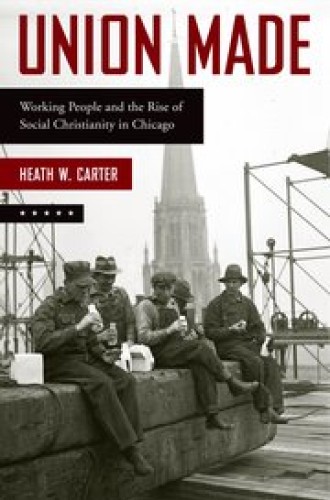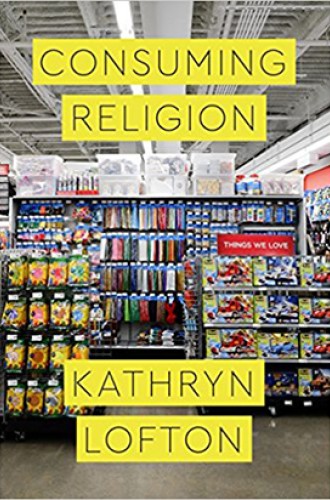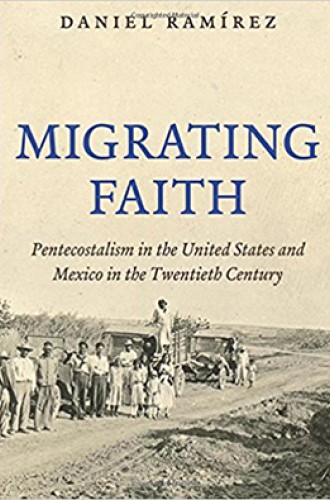Take & Read: American religious history
Union Made: Working People and the Rise of Social Christianity in Chicago, by Heath W. Carter. Pathbreaking is an overused word in book notices, but in this case hardly any other one will do. Carter argues that the usual portrait of the social gospel as focused on upper middle class white men and elite theologians is half the story at best. Drawing on deep research in primary sources, and using the Chicago area as a lens, Carter shows how ordinary laborers—men and women, Protestant and Catholic, English-speaking and otherwise—forced reluctant mainstream churches to acknowledge scripture’s demands for economic justice. Carter reveals the motivation behind his research when he quotes Martin Luther King III in the acknowledgments: “If, when you die, you haven’t left the world a little bit better off than you found it, you should be ashamed.”
Consuming Religion, by Kathryn Lofton. In this remarkably adroit book, Lofton brings an array of contemporary cultural phenomena under her analytic eye. She shows how practices and artifacts not usually considered religious in any conventional sense are organized as objects of consumption with sacral qualities. Lofton ranges across topics as diverse as the not-so-eternal security of the office cubicle, the salvation promised by soap, the iconic celebrity of Britney Spears, the sanctity of parenting, the otherness (yes, otherness) of the Kardashians, the hallowedness of big banks, and much else. Lofton runs it all through an intimidating range of readings in the dark forests of the social sciences and theories of religion. Even so, her prose is consistently lucid, studded with memorable one-liners, and often very funny.
Migrating Faith: Pentecostalism in the United States and Mexico in the Twentieth Century, by Daniel Ramírez. Ramírez’s work won the Society for Pentecostal Studies’ prize for the best book in that field in 2016. Little wonder. He argues that the historical description of U.S. religion must follow the flow of influences from Mexico, the Caribbean, and Africa as much as it traditionally has followed the influences from Canada and Great Britain. Ramírez uses studies of migration, music, ecstatic experience, and popular culture to unfold dynamic religious patterns of the U.S. and Mexico borderlands in the early 20th century. Avoiding armchair speculation, he anchors the book in a living religious tradition: the Apostolic Assembly of the Faith in Christ Jesus (U.S.) and its sister organization, the Iglesia Apostólica de la Fe en Cristo Jesús (Mexico). Until now, these important Oneness Pentecostal bodies have gone virtually unnoticed by scholars.










